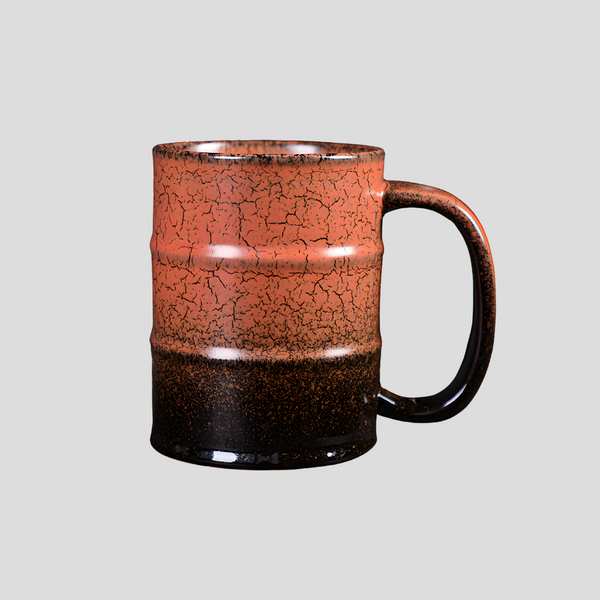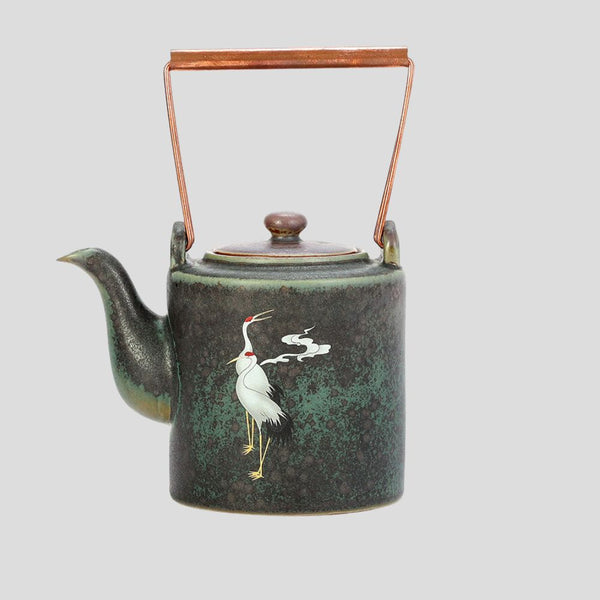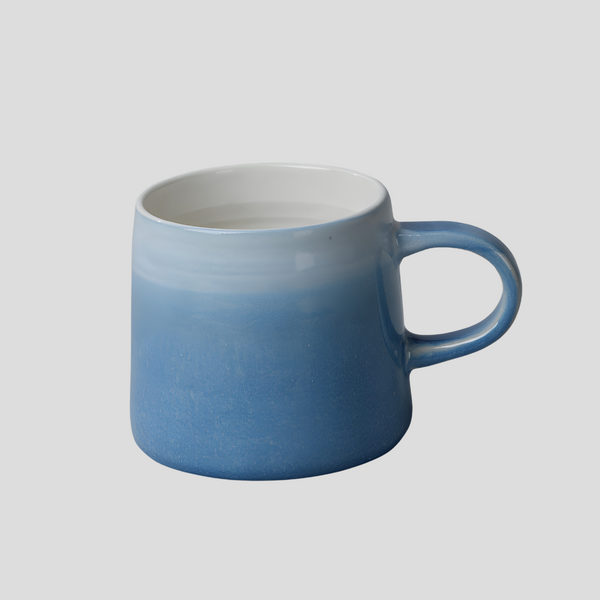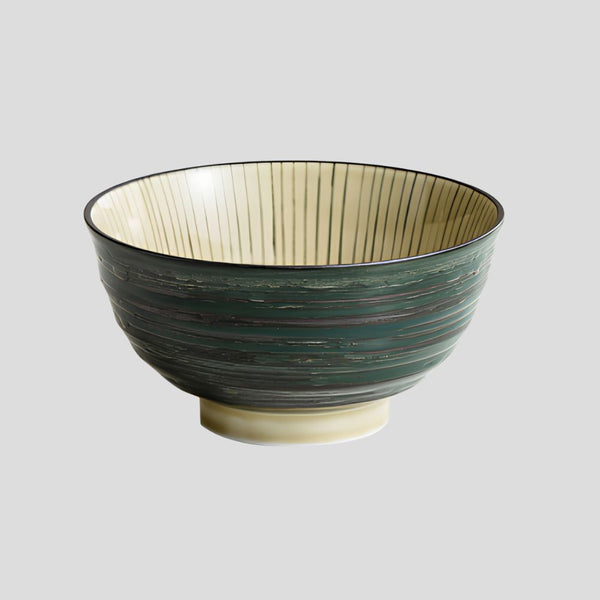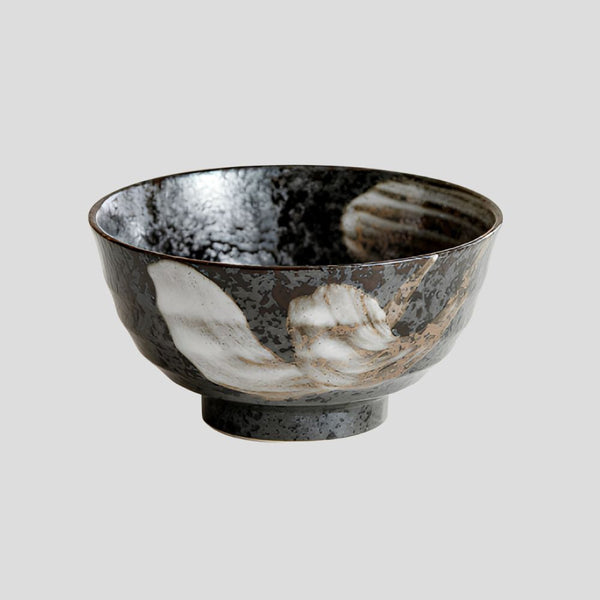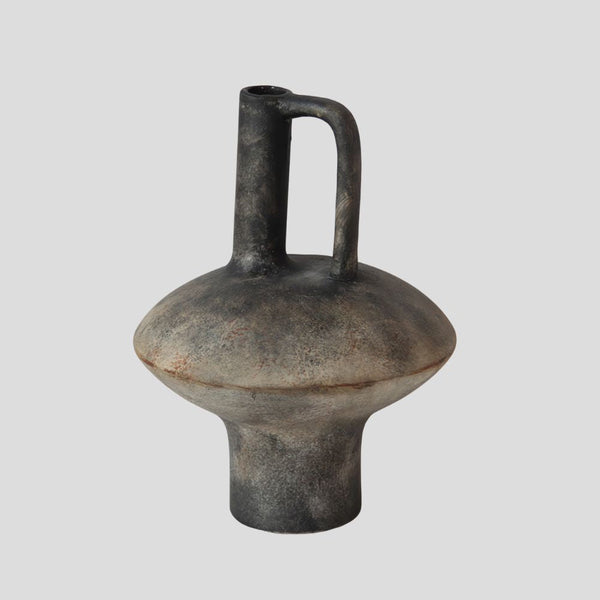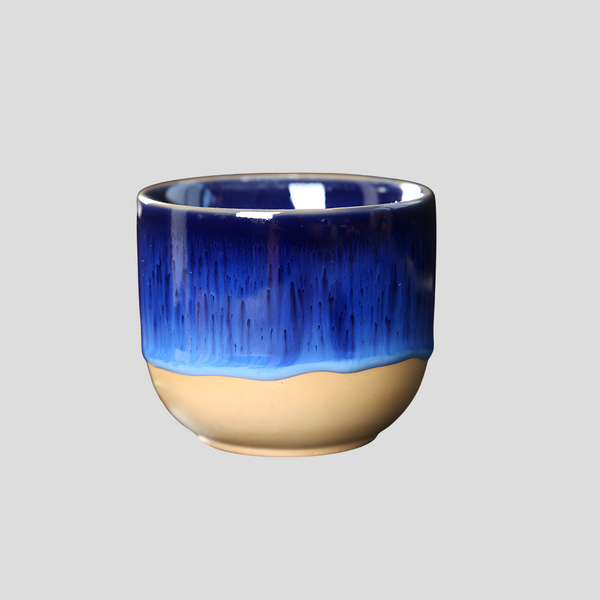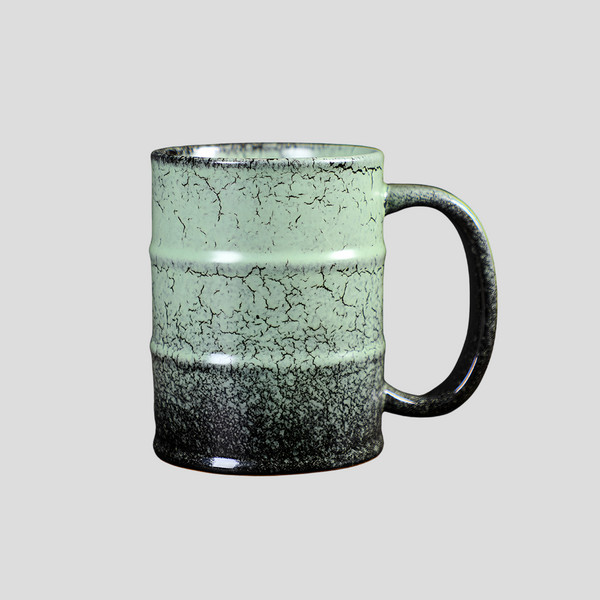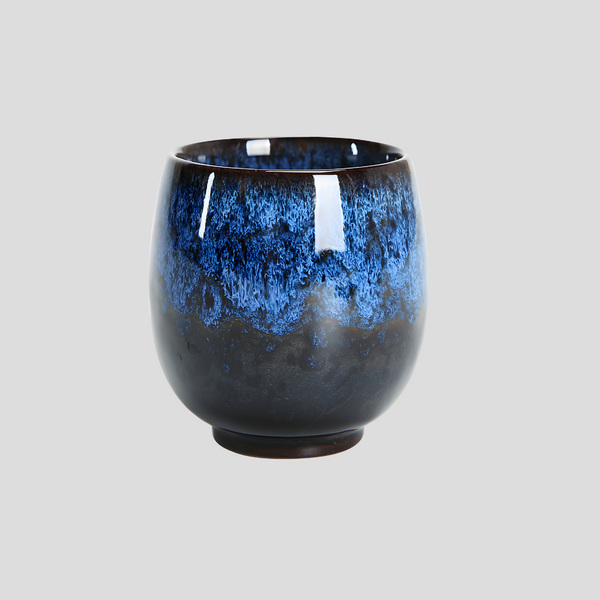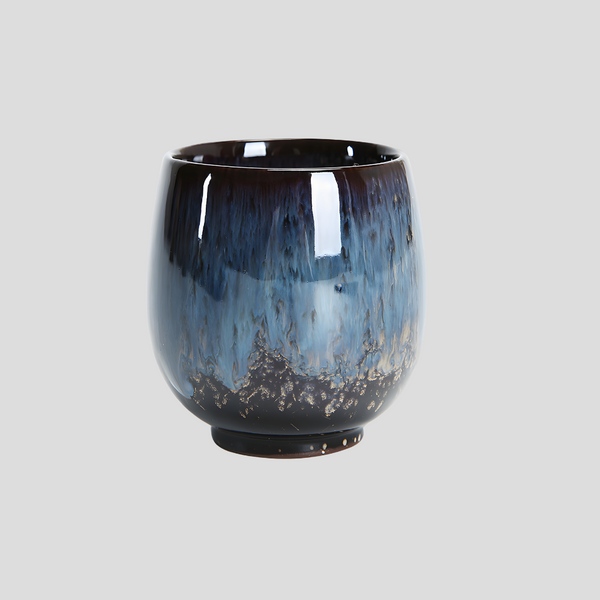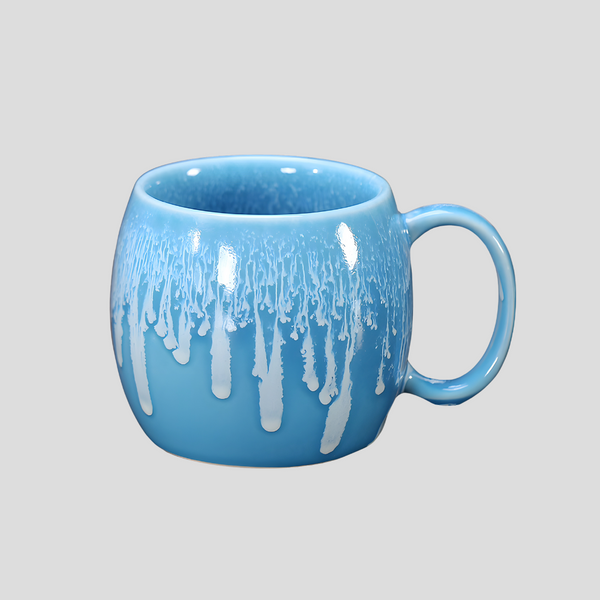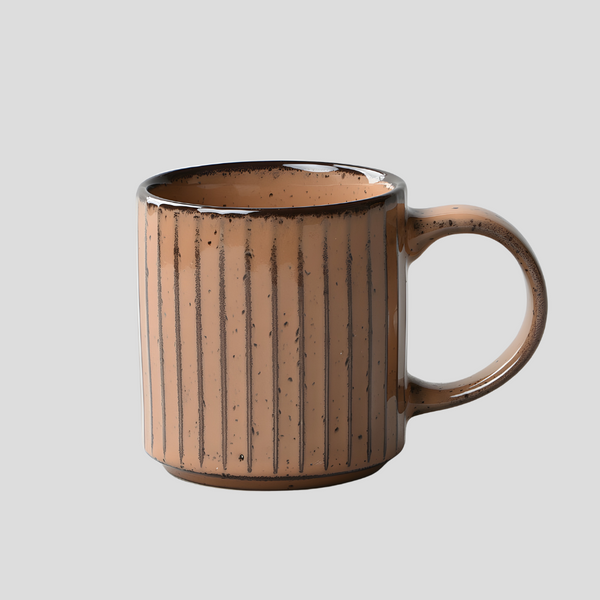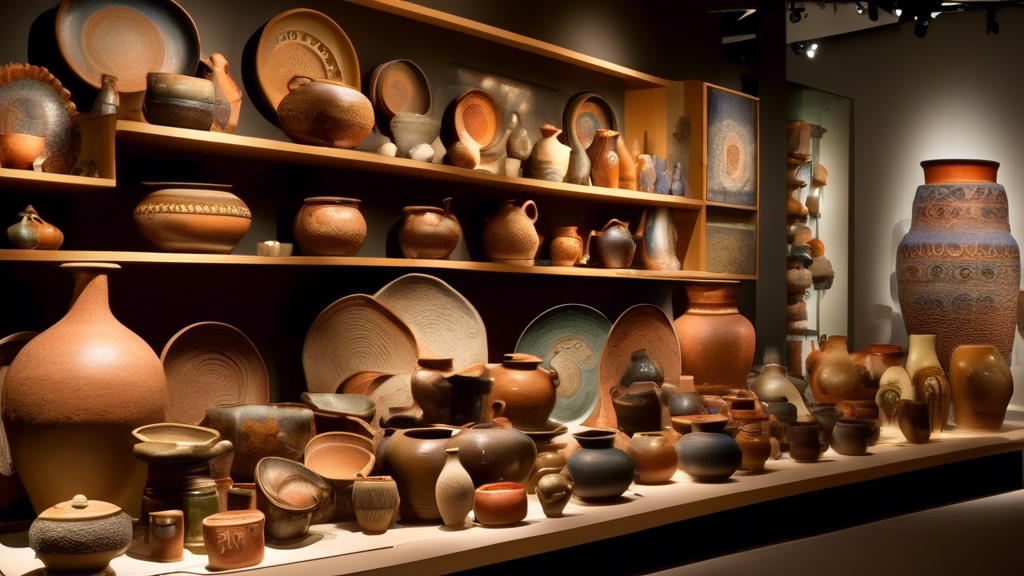
Exploring Different Types of Stoneware
Introduction to Stoneware
Stoneware, one of the oldest forms of pottery, boasts a rich history and remarkable durability. This type of ceramic ware is made from stoneware clay that is fired at high temperatures, resulting in a dense, sturdy material that is less porous than earthenware and stronger than porcelain. Stoneware’s versatility and durability make it a favorite for both functional items like dishes and decorative pieces. As we delve into the world of stoneware, we will explore its different types, each with unique characteristics and uses.
Types of Stoneware
Though stoneware is often thought of as a singular category, it encompasses a variety of types, each with distinct finishes, textures, and firing techniques. Understanding these differences is key to appreciating the nuances of stoneware items.
Traditional Stoneware
Traditional stoneware, known for its rustic appeal, typically features a gray or brown finish. It is durable and coarse in texture, and its natural colors can vary based on the specific clay used and the firing process. This type is often used for crockery, pots, and other functional items due to its robust nature.
Colored Stoneware
Through the addition of metal oxides or other pigments to the clay, colored stoneware offers a range of hues beyond the natural shades of gray and brown. This process allows for a broader palette of colors, including blues, greens, and reds, making it a popular choice for decorative items and tableware that require a more vibrant appearance.
Porcelain Stoneware
Porcelain stoneware, a hybrid between porcelain and traditional stoneware, combines the sturdiness of stoneware with the refined finish of porcelain. It is fired at very high temperatures, resulting in a dense, vitrified, and often translucent material. Porcelain stoneware is highly resistant to chipping and scratching, making it ideal for high-quality tableware and tiles.
Salt-Glazed Stoneware
This type of stoneware undergoes a unique glazing process where salt is introduced to the kiln during the firing process. The salt vaporizes and reacts with the silica in the clay body to form a glossy, glass-like surface with a slightly orange peel texture. Salt-glazed stoneware often has a characteristic blue or gray color and is favored for its decorative qualities.
Slip-Decorated Stoneware
Slip decoration involves applying a thin layer of liquid clay, or slip, to the surface of a piece before it is fired. Artisans can use slips of different colors to create patterns or images on the stoneware. This technique allows for intricate designs and textures, making slip-decorated stoneware highly sought after for artistic and ornamental pieces.
Choosing the Right Type of Stoneware
When selecting stoneware for your home or collection, consider the functionality and aesthetic you hope to achieve. Traditional and colored stoneware are excellent for everyday use, offering durability and a range of styles. For a more upscale look, porcelain stoneware provides an elegant touch. If you’re drawn to unique textures and finishes, salt-glazed or slip-decorated stoneware might capture your interest. Regardless of your choice, each type of stoneware brings its own charm and history into your space.
Conclusion
Exploring the different types of stoneware reveals a world of pottery that combines functionality with artistic beauty. From the hearty traditional stoneware pots to the delicate designs of slip-decorated pieces, stoneware caters to a wide array of preferences and uses. Understanding the characteristics of each type enhances our appreciation for this ancient craft and its continued relevance in the modern world.
Click this link to check out our ceramic artwork!
